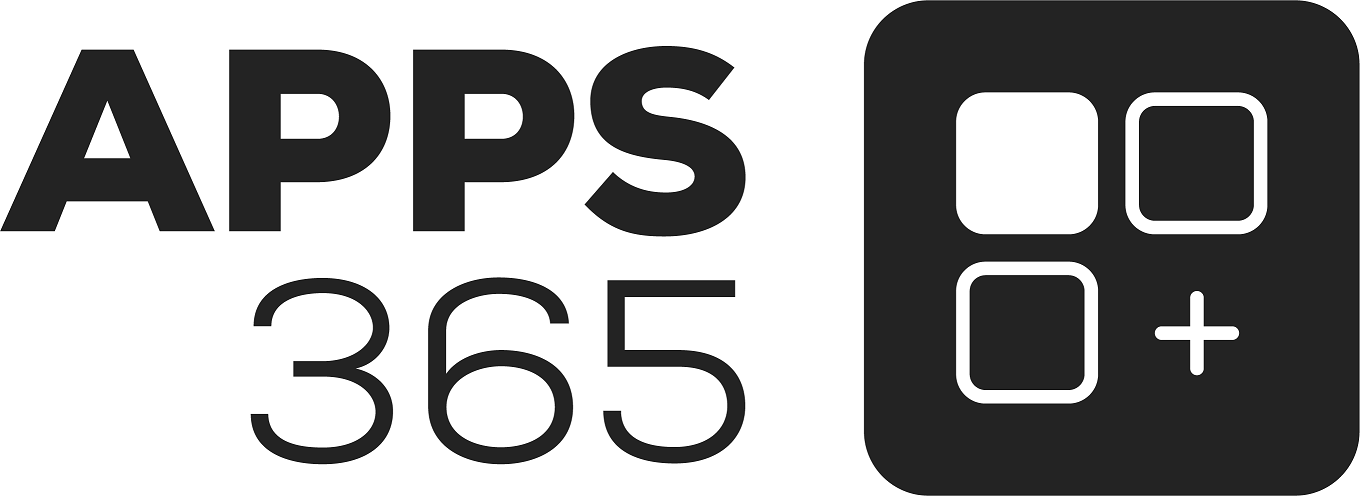
Kkhelper
Add a review FollowOverview
-
Founded Date December 30, 1957
-
Sectors Office
-
Posted Jobs 0
-
Viewed 36
Company Description
The Employment-Based Green Card: Your Comprehensive Step-by-Step Guide – Reddy Neumann Brown PC
The employment-based permit process is a multi-step procedure that permits foreign nationals to live and work permanently in the U.S. The process can be made complex and prolonged, but for those looking for permanent residency in the U.S., it is an essential step to accomplishing that goal. In this post, we will go through the steps of the employment-based green card procedure in information.

Step 1: PERM/Labor Certification

The PERM/Labor Certification process is normally the primary step in the employment-based permit procedure. The process is developed to guarantee that there are no qualified U.S. workers offered for the position which the foreign worker will not negatively affect the earnings and working conditions of U.S. employees.
Submit the Prevailing Wage Application
The employer begins the PERM procedure by drafting the job description for the sponsored position. Once the job details are finalized, a dominating wage application is sent to the Department of Labor (DOL). The dominating wage rate is defined as the average wage paid to likewise utilized workers in a particular profession in the location of desired work. The DOL problems a Prevailing Wage Determination (PWD) based upon the particular position, task tasks, requirements for the position, the area of designated work, travel requirements (if any), amongst other things. The dominating wage is the rate the company should a minimum of use the permanent position at. It is likewise the rate that needs to be paid to the worker once the green card is received. Current processing times for prevailing wage applications are 6 to 7 months.
Conduct the Recruitment Process
PERM policies require a sponsoring company to test the U.S. labor market through various recruitment techniques for “able, ready, qualified, and available” U.S. workers. Generally, the company has 2 choices when deciding when to start the recruitment procedure. The company can start marketing (1) while the dominating wage application is pending or (2) after the PWD is issued.
All PERM applications, whether for an expert or non-professional occupation, need the following recruitment efforts:
– 30 day task order with the State Workforce Agency serving the location of desired employment;
– Two Sunday print ads in a newspaper of general flow in the area of designated work, many suitable to the occupation and probably to bring reactions from able, prepared, certified, referall.us and readily available U.S. employees; and
– Notice of Filing to be published at the job site for a period of 10 successive organization days.
In addition to the compulsory recruitment discussed above, the DOL needs 3 extra recruitment efforts to be published. The company needs to select 3 of the following:
– Job Fairs
– Employer’s company site
– Job search website
– On-Campus recruiting
– Trade or professional organization
– Private work firms
– Employee recommendation program
– Campus placement office
– Local or ethnic paper; and
– Radio or TV advertisement
During the recruitment process, the employer might be evaluating resumes and conducting interviews of U.S. workers. The employer should keep comprehensive records of their recruitment efforts, consisting of the variety of U.S. employees who looked for the position, the number who were talked to, and the reasons they were not employed.
Submit the PERM/ Application
After the PWD is provided and recruitment is total, the company can send the PERM application if no qualified U.S. workers were discovered. Currently the DOL is taking 8 to 9 months to process PERM applications after submission. The day the PERM application is filed develops the recipient’s top priority date and identifies his/her place in line in the green card visa line.
Respond to PERM/Labor Certification Audit (if any)
An employer is not needed to send supporting documentation when a PERM application is submitted. Therefore, the DOL executes a quality control process in the kind of audits to make sure compliance with all PERM regulations. In the event of an audit, the DOL usually needs:
– Evidence of all recruitment efforts undertaken (copies of advertisements positioned and Notice of Filing);.
– Copies of applicants’ resumes and finished work applications; and.
– A recruitment report signed by the employer explaining the recruitment steps carried out and the results achieved, the variety of hires, and, if appropriate, the variety of U.S. candidates rejected, summed up by the particular lawful occupational factors for such rejections.
If an audit is issued on a case, 3 to 4 months are contributed to the total processing time of the PERM application.
Receive the Approved PERM/Labor Certification
If the PERM application is authorized, the company will get it from the DOL. The authorized PERM/Labor Certification validates that there are no qualified U.S. workers readily available for the position which the beneficiary will not negatively impact the salaries and working conditions of U.S. workers.
Step 2: I-140 Immigrant Petition
Once the PERM application has actually been authorized, the next step is to file an I-140 immigrant petition with U.S. Citizenship and Immigration Services (USCIS). The petition must consist of the approved PERM application and proof of the recipient’s certifications for the sponsored position. Please note, depending upon the choice classification and country of birth, a beneficiary may be qualified to submit the I-140 immigrant petition and the I-485 adjustment of status application simultaneously if his/her priority date is existing.
At the I-140 petition phase, the company must likewise show its capability to pay the recipient the proffered wage from the time the PERM application is submitted to the time the green card is released. There are 3 methods to show ability to pay:
1. Evidence that the wage paid to the beneficiary amounts to or greater than the proffered wage (pay-stubs, W-2s);.
2. Evidence that the business’s net earnings amounts to or greater than the proffered wage (annual report, income tax return, or audited financial declaration); OR.
3. Evidence that the company’s net properties amount to or higher than the proffered wage (yearly report, income tax return, or audited monetary declaration).
In addition, it is at this phase that the company will choose the employment-based preference category for the sponsored position. The classification depends upon the minimum requirements for the position that was listed on the PERM application and the worker’s credentials.
There are numerous categories of employment-based permits, and each has its own set of requirements. (Please keep in mind, some classifications may not require an approved PERM application or I-140 petition.) The categories consist of:
– EB-1: Priority Workers.
– EB-2: Professionals Holding Advanced Degrees and Persons of Exceptional Ability.
– EB-3: Skilled Workers, Professionals, and Unskilled Workers (Other Workers).
– EB-4: Certain Special Immigrants.
– EB-5: Immigrant Investors
After the I-140 petition is filed, USCIS will evaluate it and might request additional details or documents by providing a Request for Evidence (RFE).
Step 3: Permit Application
Once the I-140 immigrant petition is authorized, the recipient will check the Visa Bulletin to figure out if there is a readily available permit. The actual green card application can only be filed if the beneficiary’s top priority date is present, indicating a green card is right away readily available to the recipient.
Every month, the Department of State publishes the Visa Bulletin, which summarizes the availability of immigrant visa (green card) numbers and shows when a green card has actually appeared to a candidate based on their choice classification, country of birth, and top priority date. The date the PERM application is filed develops the recipient’s priority date. In the employment-based migration system, Congress set a limitation on the variety of green cards that can be provided each year. That limitation is presently 140,000. This suggests that in any given year, the optimum number of permits that can be issued to employment-based candidates and their dependents is 140,000.
Once the recipient’s concern date is present, he/she will either go through modification of status or consular processing to get the green card.
Adjustment of Status
Adjustment of status includes obtaining the green card while in the U.S. After a change of status application is filed (Form I-485), the recipient is informed to appear at an Application Support Center for biometrics collection, which normally includes having his/her photo and signature taken and being fingerprinted. This details will be used to perform required security checks and for eventual production of a green card, somalibidders.com work authorization (work authorization) or advance parole file. The recipient might be notified of the date, time, and area for an interview at a USCIS workplace to respond to concerns under oath or adremcareers.com affirmation regarding his/her application. Not all applications require an interview. USCIS authorities will review the beneficiary’s case to figure out if it meets one of the exceptions. If the interview succeeds and USCIS approves the application, the recipient will receive the permit.

Consular Processing
Consular processing includes requesting the permit at a U.S. consulate in the recipient’s home nation. The consular office establishes a consultation for the beneficiary’s interview when his/her priority date ends up being current. If the consular officer grants the immigrant visa, the recipient is provided a Visa Packet. The recipient will pay a USCIS Immigrant Fee which is used by USCIS to process the Visa Packet and produce the permit. The beneficiary will provide the Visa Packet to the U.S. Customs and Border Protection (CPB) officer at the port of entry. The CBP officer will examine and figure out whether to admit the recipient into the U.S. If admitted, the recipient will get the permit in the mail. The permit functions as proof of permanent residency in the U.S.












